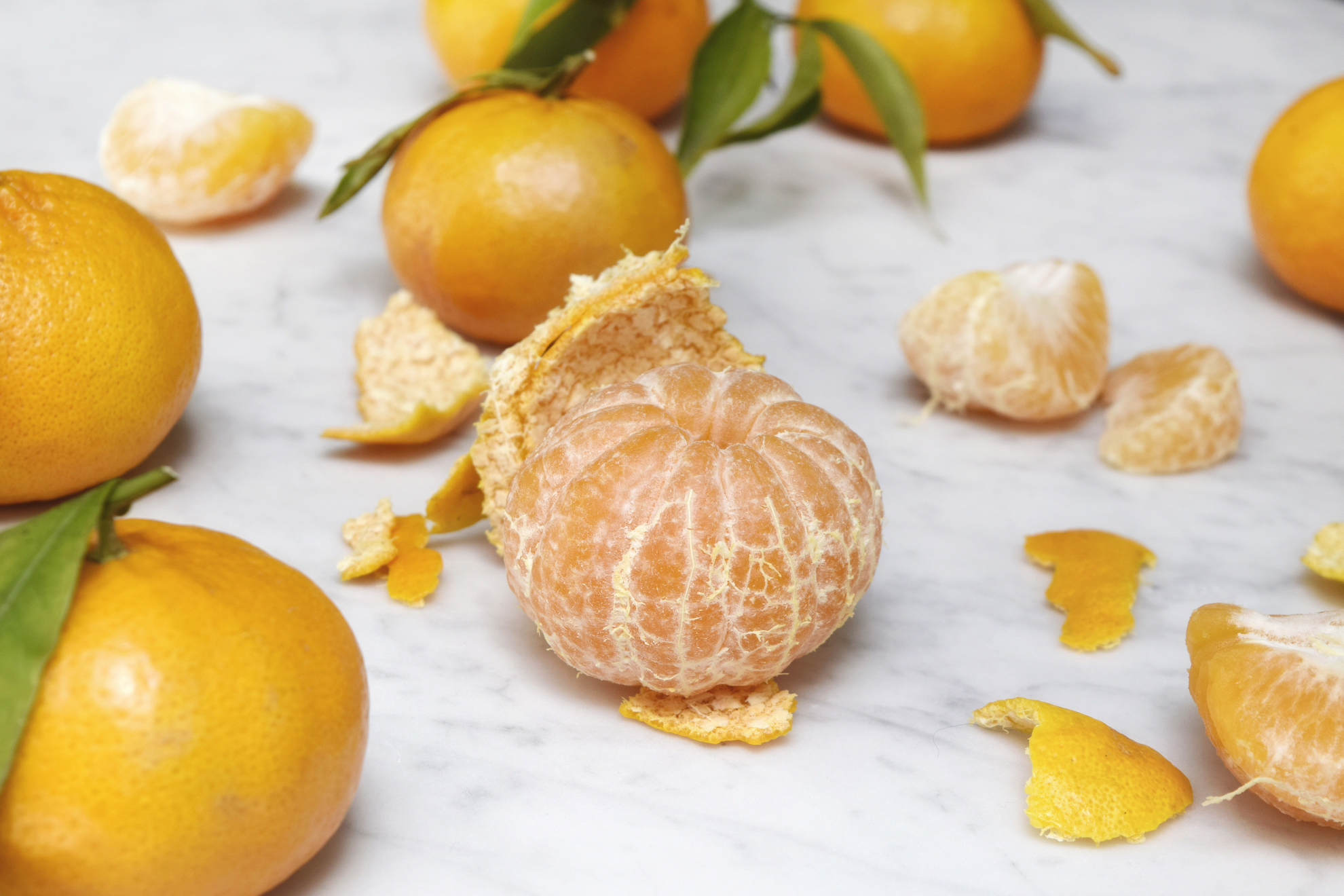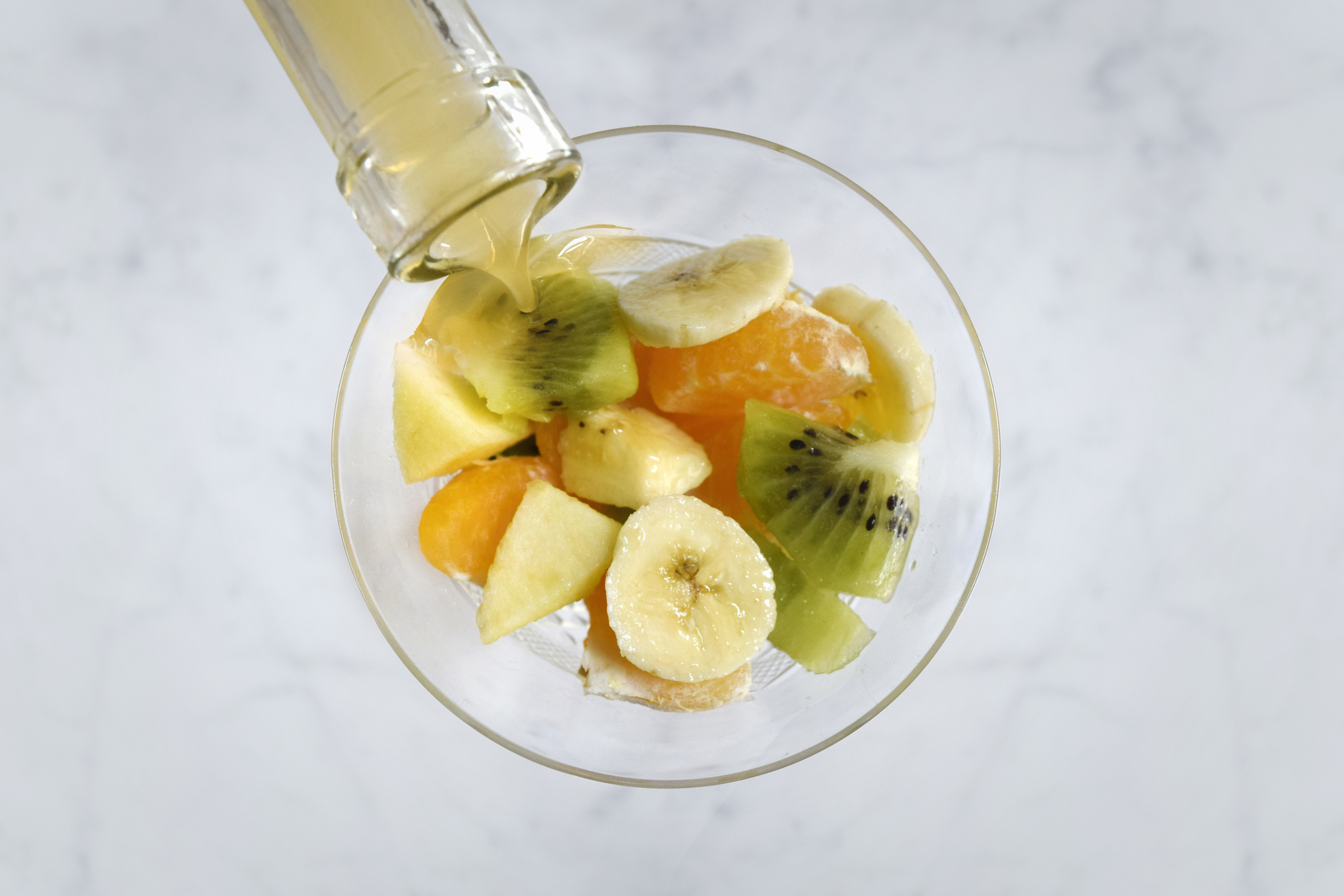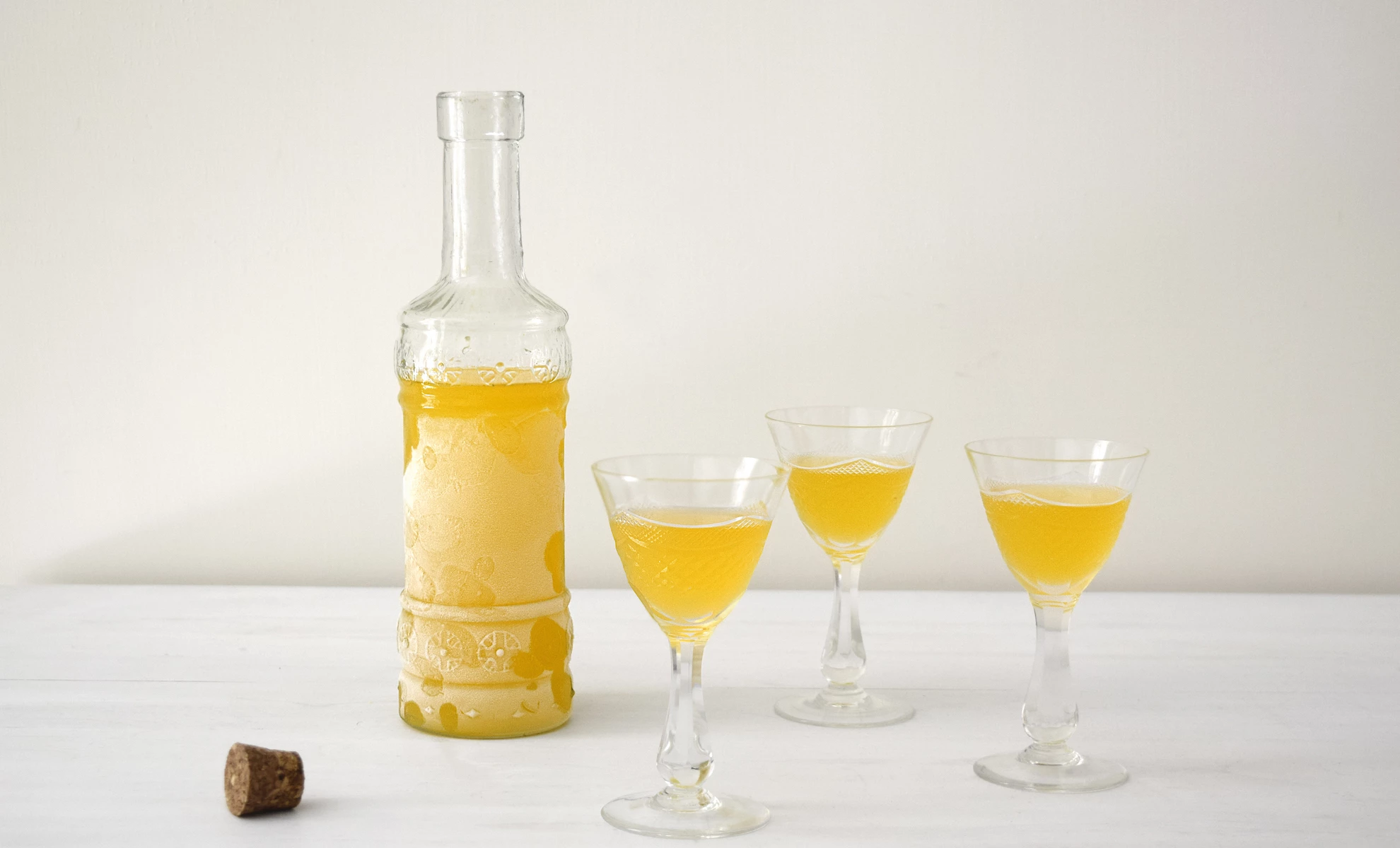Each territory has a product that represents it, and the tangerine is the symbol of the Phlegraean Fields. Yet this fruit arrived in Italy just two centuries ago.
Originally from southern China, it was planted for the first time in 1810 at the Palermo Botanical Garden. It was successful and so six years later the Royal Botanical Garden of Naples opened its gates to it. In 1818 it made its official entry into the Bourbon court, which included it in the Garden of Delights of the Royal Park of Capodimonte, where the products that cheered the table of King Ferdinand were cultivated. After 200 years, mandarins continue to grow in the Torre Garden inside the woods.
Although lemon is the undisputable king in Campania, mandarin has found its ideal habitat in the Phlegraean Fields, where volcanic soils give the products peculiar organoleptic characteristics. This slightly flattened spherical citrus, however, has numerous seeds, due to which over the years a hybrid version has been preferred to it: clementine.
Ph. Carolina Fragapane

The days of colorful shows on royal banquets are over. But not those for an elegant and original toast. Sweeter and less pungent than the famous limoncello, tangerine liqueur is a delicious gem, still hardly known by the creators of home made spirits. Phlegrean citizens, on the other hand, create an excellent alcoholic drink with the jewels of their own orchard. And it often becomes the gift of the holidays.
The recipe is simple: the peels (without the bitter white part!) must macerate in alcohol for two or three days. Then they are removed from the alcohol and put into the water for as many days. Then, remove the peels from the water and prepare the syrup by bringing the water to the boil with the sugar. As soon as the syrup is cold, it is slowly added to the tangerine infusion. Finally, the liqueur is filtered and put in tightly closed bottles in the dark.
Ph. Carolina Fragapane - Trentaremi

The result is a fresh drink, like the typical citrus liqueurs and very fragrant. The result is a fresh drink, like the typical citrus liqueurs and very fragrant. It has a clear appearance, with a yellow-orange coloring. When you taste it, the delicate essences fade copiously from the glass as a phlegrean crater gives off sulphurous vapors.
It can be a nice chupito to sip, frozen, in the company of friends or a pleasant digestive to taste with a fruit tart. But also an essential ingredient for flavoring creams, spoon desserts or to be used for sponge cake. And someone puts a few drops in the fruit salad too. So it is a pleasure that combines the soul of the East with the Phlegrean pleasures in a single sip.

